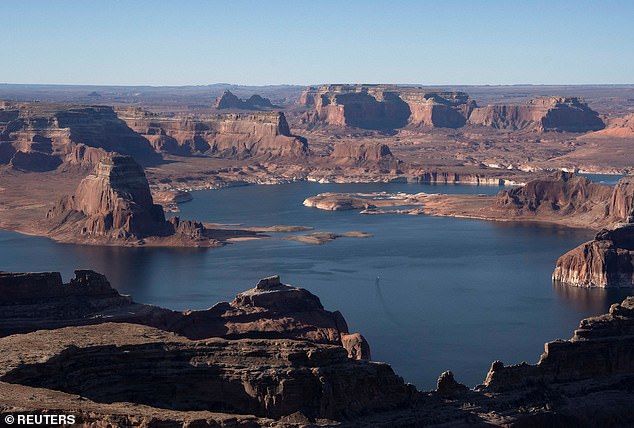
Western U.S. Water Crisis: Rapid Colorado River Depletion Puts Millions at Risk
Colorado River Basin’s Groundwater Vanishing at Alarming Rate, Study Warns
The Colorado River Basin—a lifeline for over 40 million people across seven U.S. states—has lost staggering amounts of water over the past two decades, according to a new study. Satellite data reveal that between 2002 and 2024, the basin shed 13 trillion gallons of freshwater, primarily from underground reserves. This depletion threatens drinking water supplies, agriculture, and ecosystems in the drought-stricken region.
[Image suggestion: A satellite map showing groundwater loss in the Colorado River Basin. Caption: Colorado River Basin lost 13 trillion gallons of freshwater since 2002, mainly from underground sources.]
Rapid Groundwater Decline
Using NASA satellite data, researchers found that 28 million acre-feet of groundwater—equivalent to Lake Mead’s capacity—vanished since 2003. The Lower Basin states—Arizona, Nevada, and California—are hardest hit due to minimal regulation and over-pumping for agriculture and urban growth. Since 2015, groundwater loss has accelerated to 2.4 times the rate of surface water depletion.
“Everyone in the U.S. should worry,” said Jay Famiglietti, a senior study author at Arizona State University. “We grow food here that feeds the entire country.” The basin supports major cities like Los Angeles and Phoenix, as well as water-intensive crops like alfalfa, much of which is exported.
Climate Change Exacerbates Crisis
Historically, the basin relied on Rocky Mountain snowmelt to recharge rivers and aquifers. But rising temperatures, reduced snowpack, and prolonged droughts have slashed surface water. Iconic reservoirs like Lake Mead and Lake Powell now sit at critically low levels, with the Colorado River’s flow down 20% over the past century.
[Image suggestion: Aerial view of drought-cracked land near Lake Mead. Caption: Lake Mead’s water levels have plummeted, exposing shorelines and infrastructure.]
Agriculture and Unregulated Pumping
Agriculture consumes 80% of the basin’s water, fueling a $1.4 billion industry in Arizona alone. However, groundwater outside regulated zones remains largely unprotected. “There’s nothing illegal about [over-pumping]—it’s just unregulated,” Famiglietti noted. In Arizona, rural areas face drying wells, soaring pumping costs, and threats to food security.
Groundwater now supplies 71% of the Lower Basin’s water loss, signaling a dangerous shift from sustainable surface water reliance to exhausting finite underground reserves.
A Ticking Time Bomb
The Colorado River’s flow could drop 30% by 2050 if warming continues, per past studies. While a 2023 federal agreement aimed to curb usage, experts warn groundwater over-extraction risks a “tipping point.”
[Image suggestion: Dry farmland in Arizona with irrigation equipment. Caption: Agriculture consumes 80% of the basin’s dwindling water supply.]
As demand surges from data centers, factories, and growing cities, Famiglietti stresses urgency: “The more water lost from the river, the more pressure on groundwater. It becomes a ticking time bomb.”
The study underscores the need for immediate reforms to protect this vanishing resource critical to millions.
Key Stats:
- 13 trillion gallons lost: 2002–2024
- 71% of Lower Basin loss: Groundwater
- 80% water use: Agriculture
- 20% decline: Colorado River flow (past century)
[Image credit suggestions: NASA Earth Observatory, USGS, or drought monitoring agencies.]
—End—
(Word count: ~600)


